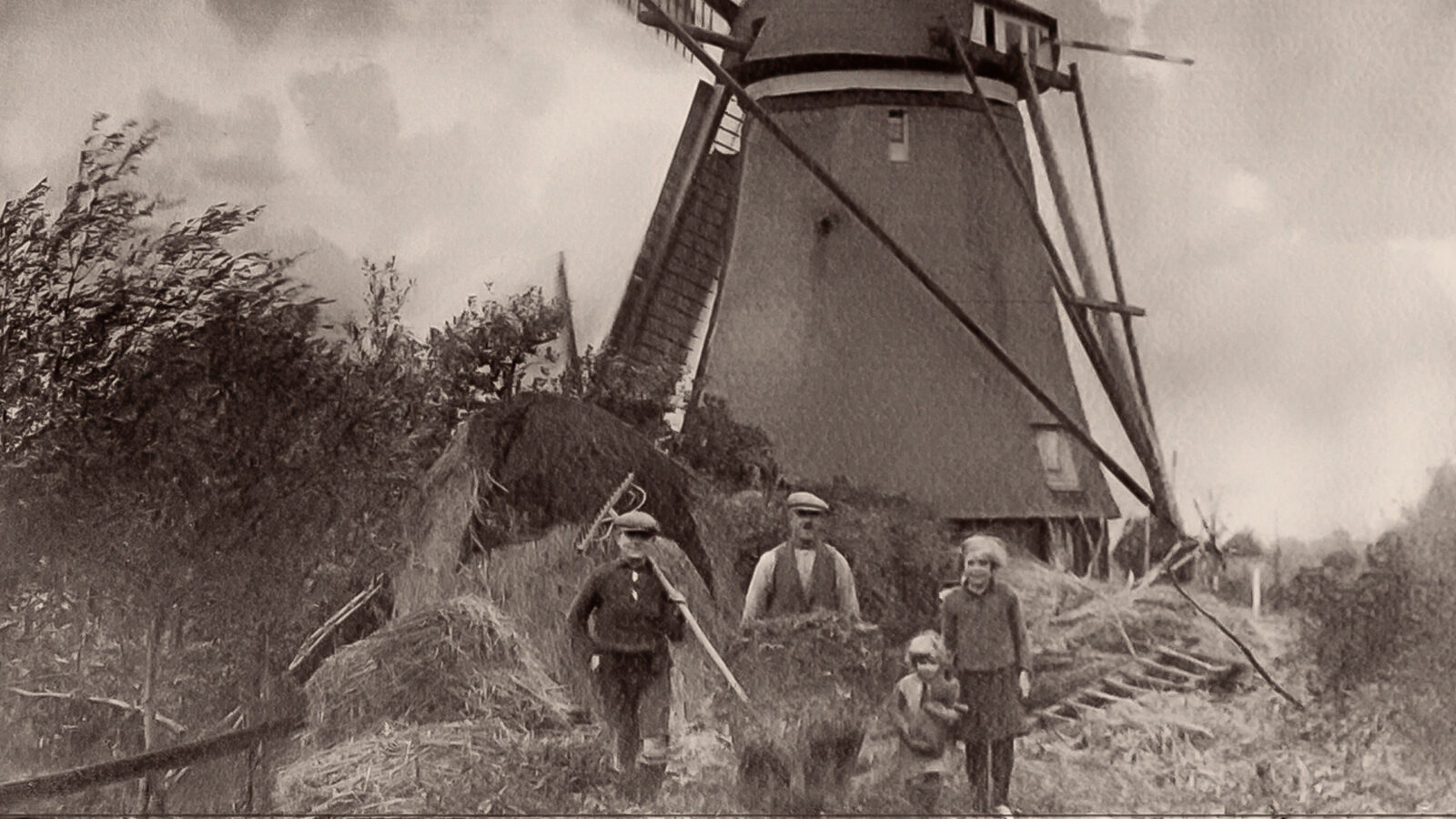BACKGROUND
Water Boards at the root of our democracy
When Count Floris V ordered the establishment of the Water Boards here, he made an important step towards the modern democracy of the Netherlands. Since we could only oppose the power of the water if we worked together, Floris united the local residents in these organisations. The Water Board directorship was elected by voting: a political tradition that still determines how the Netherlands is governed today.

